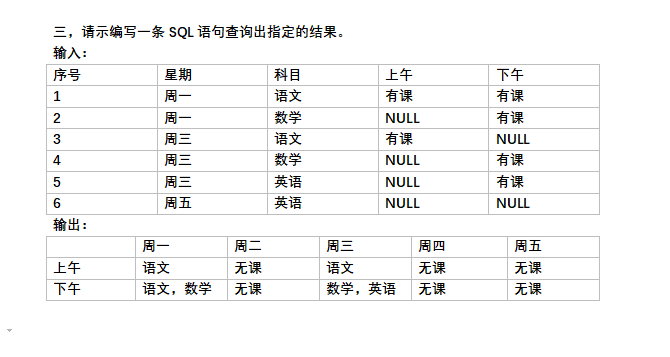How can I parse a YAML file in Python?
问题:
回答1:
The easiest and pureist method without relying on C headers is PyYaml:
#!/usr/bin/env python
import yaml
with open("example.yaml", 'r') as stream:
try:
print(yaml.load(stream))
except yaml.YAMLError as exc:
print(exc)
And that's it. More info here:
http://pyyaml.org/wiki/PyYAMLDocumentation
回答2:
Read & Write YAML files with Python 2+3 (and unicode)
# -*- coding: utf-8 -*-
import yaml
import io
# Define data
data = {'a list': [1, 42, 3.141, 1337, 'help', u'€'],
'a string': 'bla',
'another dict': {'foo': 'bar',
'key': 'value',
'the answer': 42}}
# Write YAML file
with io.open('data.yaml', 'w', encoding='utf8') as outfile:
yaml.dump(data, outfile, default_flow_style=False, allow_unicode=True)
# Read YAML file
with open("data.yaml", 'r') as stream:
data_loaded = yaml.load(stream)
print(data == data_loaded)
Created YAML file
a list:
- 1
- 42
- 3.141
- 1337
- help
- €
a string: bla
another dict:
foo: bar
key: value
the answer: 42
Common file endings
.yml and .yaml
Alternatives
- CSV: Super simple format (read & write)
- JSON: Nice for writing human-readable data; VERY commonly used (read & write)
- YAML: YAML is a superset of JSON, but easier to read (read & write, comparison of JSON and YAML)
- pickle: A Python serialization format (read & write)
- MessagePack (Python package): More compact representation (read & write)
- HDF5 (Python package): Nice for matrices (read & write)
- XML: exists too *sigh* (read & write)
For your application, the following might be important:
- Support by other programming languages
- Reading / writing performance
- Compactness (file size)
See also: Comparison of data serialization formats
In case you are rather looking for a way to make configuration files, you might want to read my short article Configuration files in Python
回答3:
If you have YAML that conforms to the YAML 1.2 specification (released 2009) then you should use ruamel.yaml (disclaimer: I am the author of that package). It is essentially a superset of PyYAML, which supports most of YAML 1.1 (from 2005).
If you want to be able to preserve your comments when round-tripping, you certainly should use ruamel.yaml.
Upgrading @Jon's example is easy:
import ruamel.yaml as yaml
with open("example.yaml") as stream:
try:
print(yaml.safe_load(stream))
except yaml.YAMLError as exc:
print(exc)
Use safe_load() unless you really have full control over the input, need it (seldom the case) and know what you are doing.
If you are using pathlib Path for manipulating files, you are better of using the new API ruamel.yaml provides:
from ruamel.yaml import YAML
from pathlib import Path
path = Path('example.yaml')
yaml = YAML(typ='safe')
data = yaml.load(path)
回答4:
Import yaml module and load the file into a dictionary called 'my_dict':
import yaml
my_dict = yaml.load(open('filename'))
That's all you need. Now the entire yaml file is in 'my_dict' dictionary.
回答5:
Example:
defaults.yaml
url: https://www.google.com
environment.py
from ruamel import yaml
data = yaml.safe_load(open('defaults.yaml'))
data['url']
回答6:
I use ruamel.yaml. Details & debate here.
from ruamel import yaml
with open(filename, 'r') as fp:
read_data = yaml.load(fp)
Usage of ruamel.yaml is compatible (with some simple solvable problems) with old usages of PyYAML and as it is stated in link I provided, use
from ruamel import yaml
instead of
import yaml
and it will fix most of your problems.
EDIT: PyYAML is not dead as it turns out, it's just maintained in a different place.
回答7:
#!/usr/bin/env python
import sys
import yaml
def main(argv):
with open(argv[0]) as stream:
try:
#print(yaml.load(stream))
return 0
except yaml.YAMLError as exc:
print(exc)
return 1
if __name__ == "__main__":
sys.exit(main(sys.argv[1:]))


